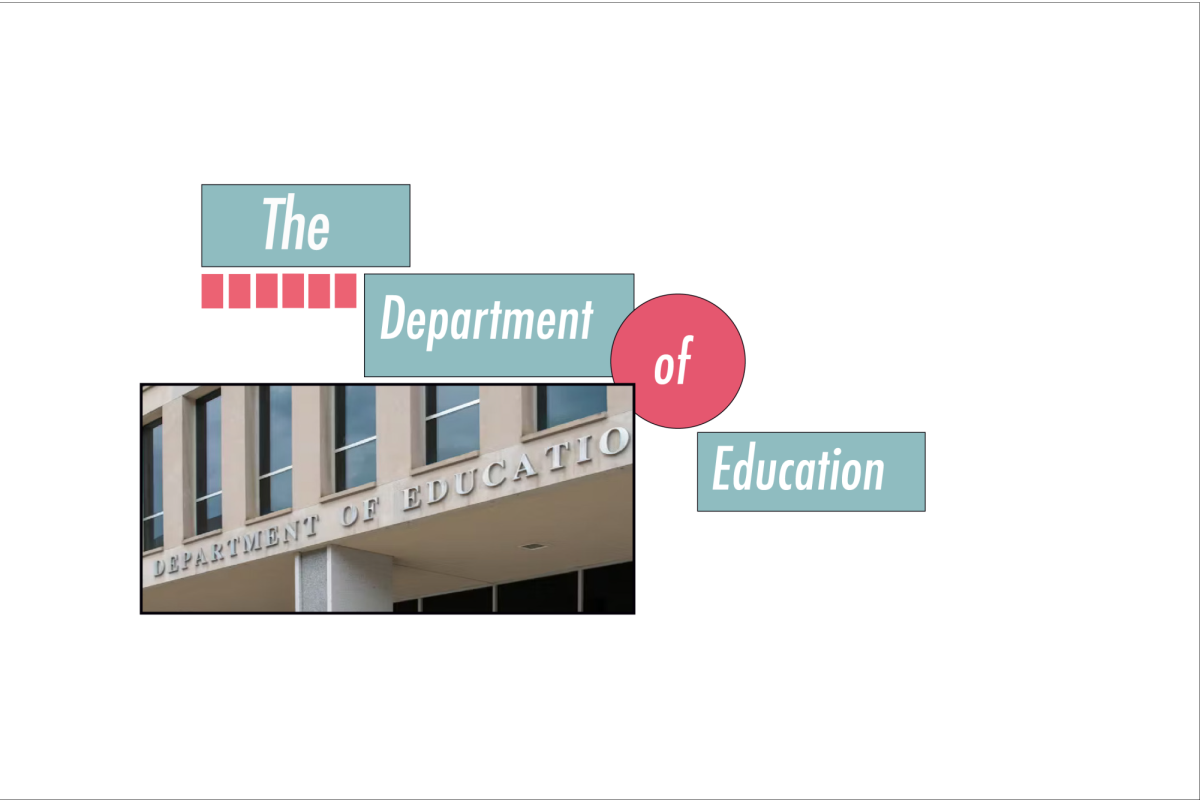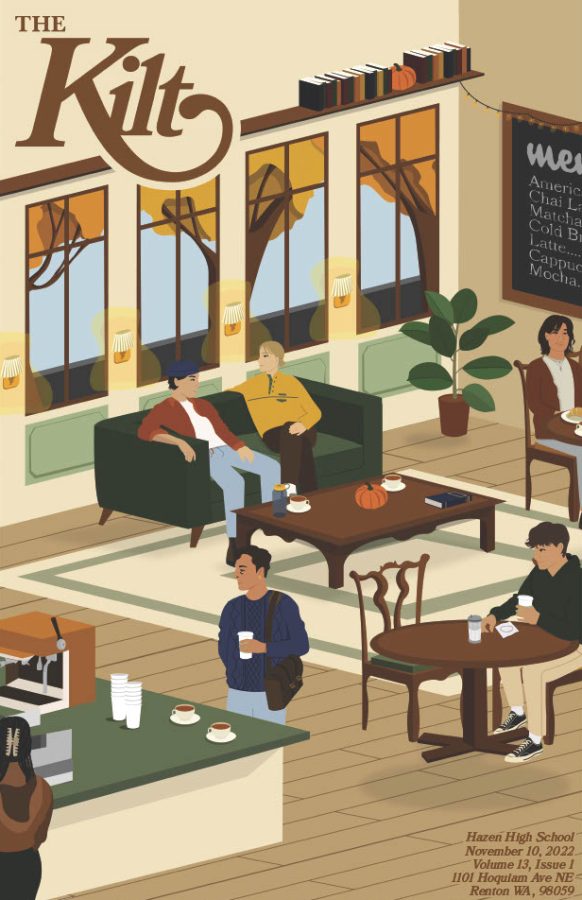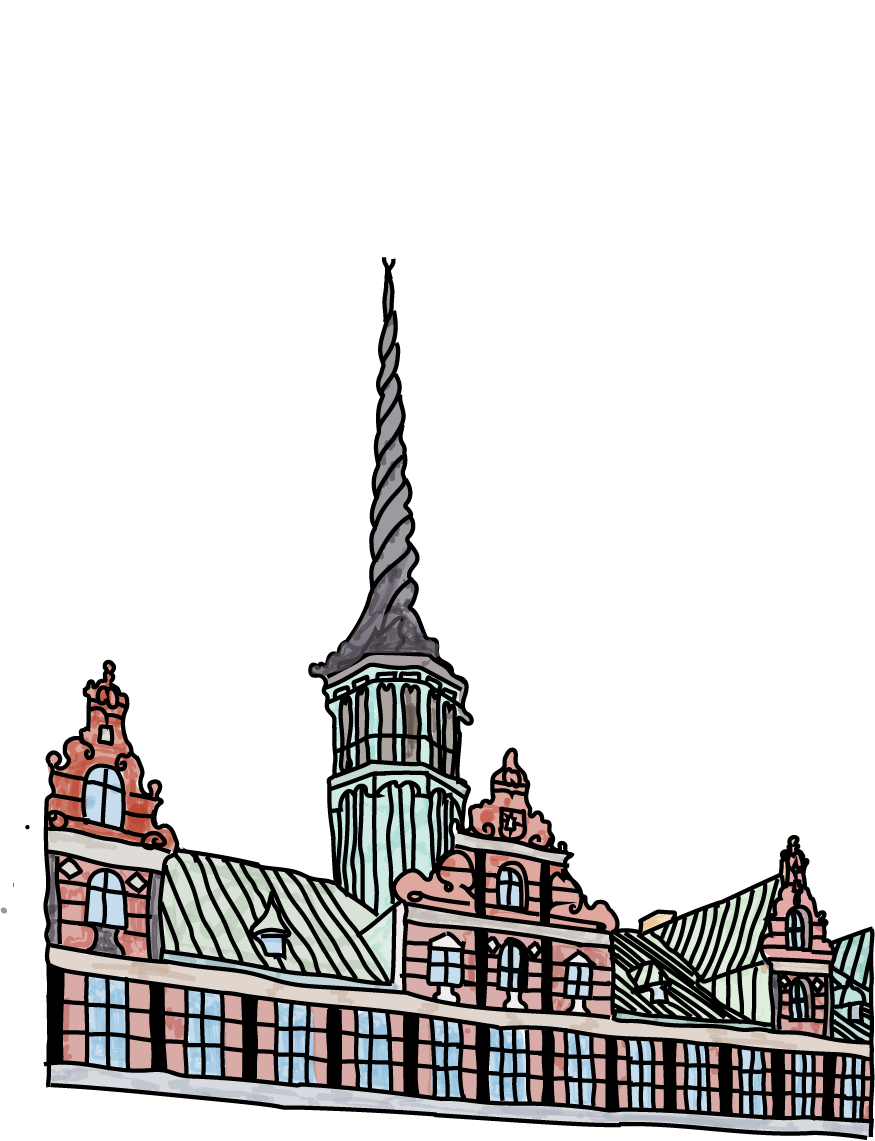On April 16, 2019, Parisians and spectators across the world watched in tragedy as the six-century-old cathedral, Notre Dame, was engulfed in flames. Exactly five years later, another cultural and historical pinnacle of European history caught fire. The Old Stock Exchange (Børsen), one of the oldest and most recognizable buildings in Copenhagen, broke out in flames on April 16. Although the true stock exchange has moved to a new building, the iconic building is still a trademark of the city’s skyline and holds strong cultural relevance to the people of Copenhagen.
Reported early Tuesday at 7:30 a.m. local time, the fire burned into the late afternoon, though half the building had already collapsed by 11:30 a.m. In a tragic moment, the 184-foot dragon-tail spire atop the building spiraled in flames, and collapsed in half. Pockets of fire still burned into Wednesday morning. On Thursday, a large portion of the exterior walls collapsed. Luckily, no casualties were reported.
The Old Stock Exchange dates back to the 17th century. It was constructed under the rule of Christian IV in plans to strengthen Copenhagen’s prominence in trade in Europe. The building exemplifies the historical Dutch Renaissance style of architecture with striking red brick and white sandstone The building was completed in 1624, and the spire was added later in 1625. The building has famously survived many fires in surrounding areas in the past, accredited to the protective powers of the fallen spire. The four dragon tails intertwined to form the spire that was supposed to protect the building from enemy attacks.
At this time, the exact cause of the fire is unknown, although it is speculated to have started in the copper roof. Similar to the Notre Dame fire, the building was undergoing intense renovations and was enclosed in scaffolding. Preventing emergency responders from reaching the blaze, the scaffolding most likely intensified and prolonged the effects of the fire. The building’s roofing also exacerbated the damage the fire caused because of its insulatory properties.
Aside from the concerns about the damage to the building, the Copenhagen Stock Exchange is also home to a prolific collection of historical paintings and documents with strong cultural relevance. During the fire, Royal Life Guard soldiers, firefighters, and bystanders attempted to remove paintings from the part of the building that was not ablaze. Included in this Peder Severin Krøyer’s Fra Kjøbenhavns Børs, a group portrait dating back to 1895 as well as four charcoal drawings done by Lorenz Frølich, an esteemed Dutch painter and illustrator. Civilians on the street were seen running into the burning building and returning with salvaged artwork, an attestation to the dedication and emotional attachment people feel to this building.
The future recovery of the building and the recovery process is still unknown at the time. According to the Independent, the mayor of Paris has invited Sophie Haestorp Andersen, the mayor of Copenhagen to visit Notre Dame to learn from the restoration process occurring there. Notre Dame is set to reopen in December after five and a half years of construction and restoration.
Because of the international esteem and appreciation of the Notre Dame Cathedral, hundreds of millions of euros were donated as news of the fire spread, which funded the intense and expensive restoration process. Although holding strong cultural significance, the Copenhagen Stock Exchange does not have the same following or reverence as the iconic Parisian Cathedral. Antoine-Marie Preaut, an official from the French Ministry of Culture, told Reuters “We don’t know how much the Stock Exchange’s restoration will cost. “We hope they can get some private financing … this will be long and costly,”
April 16 will mark a tragic day in Danish history. Preserving and restoring the building is paramount, protecting not just the building, but centuries of cultural heritage and history.





































